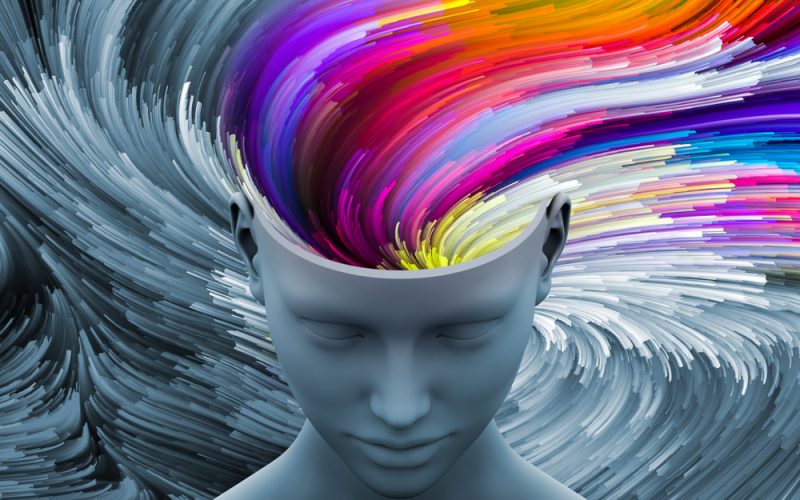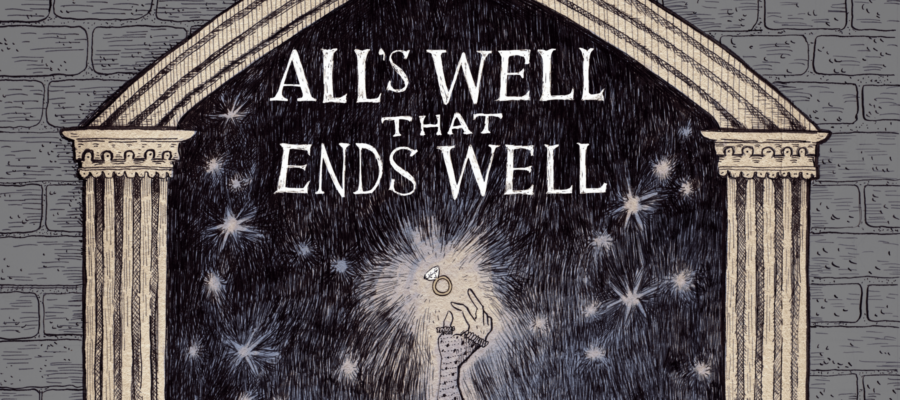Farwa Ahmed
Music, a universal language transcending words, weaves its magic through our very being, captivating us with its aesthetic allure. It’s a tapestry woven from intricate elements – melody, harmony, rhythm, and timbre – each thread delicately intertwined to create a symphony that resonates with our deepest emotions.
Melodies, like graceful dancers, pirouette through our minds, shaping emotions with their rise and fall. A soaring soprano can ignite joy, a melancholic cello can evoke sorrow, while a playful pizzicato can spark a mischievous smile. Harmony, the gentle embrace of notes blending seamlessly, creates a sense of unity and order, a soothing balm to the soul.
Rhythm, the heartbeat of music, sets our bodies in motion. A driving beat can propel us to dance, a gentle waltz can lull us into reverie, while a syncopated groove can ignite our inner spark. Rhythm connects us to the primal pulse of life, reminding us of our shared human experience.
Timbre, the unique voice of each instrument, adds a kaleidoscope of colors to the musical landscape. The warm caress of a violin, the mournful cry of a trumpet, the crisp vibrancy of a piano – each timbre paints a distinct picture, evoking memories, triggering associations, and enriching the emotional tapestry.
Music’s aesthetic beauty lies not just in its individual components, but in its ability to hold a mirror to our own souls. It reflects the joy in our hearts, the sorrow in our tears, the love in our touch. It allows us to explore the full spectrum of human experience, to delve into the depths of our emotions, and to emerge with a deeper understanding of ourselves.
Please, subscribe to the monthly magazines of republicpolicy.com
A Sanctuary for the Mind: Music’s Mental Respite
Beyond its aesthetic beauty, music plays a vital role in our mental well-being, offering a refuge from the storms of life and a haven for relaxation.
The rhythmic patterns and predictable structures of music can induce a state of deep relaxation, lowering stress hormones and anxiety levels. Soothing melodies and gentle harmonies can quiet the mind, promoting a sense of calm and tranquility. Imagine drifting off to sleep on a wave of soft piano music or finding solace in the meditative chants of a Tibetan bowl.
Music’s ability to evoke positive emotions and connect us to something larger than ourselves can be a powerful tool in combating depression. Upbeat tempos and joyful melodies can lift our spirits, while introspective lyrics can provide a sense of understanding and validation. Imagine finding solace in the melancholic beauty of a blues song, or feeling empowered by the anthemic chorus of a pop anthem.
Music can act as a safe space for expressing and releasing difficult emotions. We can cry along to a heart-wrenching ballad, scream along to a heavy rock song, or dance away our frustrations to a pulsating beat. By allowing ourselves to feel and express our emotions through music, we can find catharsis and release pent-up negativity.
Music’s ability to evoke shared experiences and connect us to others on a deeper level can be a powerful antidote to isolation and loneliness. Singing along at a concert, swaying to a familiar tune with a loved one, or simply sharing the joy of a newly discovered song – these moments of shared musical connection can remind us of our belonging in the human tapestry.
Finally, music is more than just a form of entertainment; it’s a vital tool for our mental and emotional well-being. Its aesthetic beauty allows us to explore the depths of our emotions, while its calming power provides a sanctuary from the stressors of life. By embracing the aesthetic and therapeutic aspects of music, we can unlock its potential to enrich our lives, uplift our spirits, and connect with ourselves and others on a deeper level. So, let the music play, and let it wash away the worries of the world, one harmonious note at a time.
Please, subscribe to the YouTube channel of republicpolicy.com

















